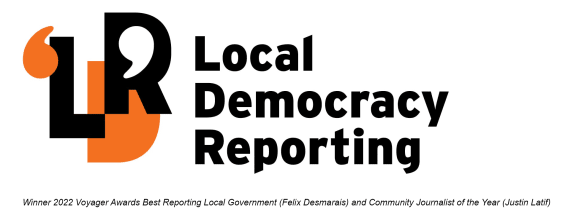
Fluttering shearwater/pakahā chicks from Long Island have been translocated to Cape Farewell for a second year in a row. Photo: Supplied / Anthony Phelps / Stuff
Fluttering shearwater/pakahā chicks from Long Island in the Marlborough Sounds have successfully been transferred to Cape Farewell for a second year.
But with two slips caused by last year's weather events impacting their burrows in Long Island's Kokomohua Marine Reserve, in the Marlborough Sounds, the group trying to establish the breeding colony in a predator-free Cape Farewell did not get quite as many pakahā chicks as they'd hoped for.
The aim had been to transfer 100 chicks, but instead 56 were successfully translocated to Wharariki Ecosanctuary at the top of the South Island on Saturday, in an effort to build the seabird's population, as it's hoped they will establish a breeding colony.

HealthPost Nature Trust project coordinator Marian Milne said there used to be "millions of seabirds" found along the coastline before it was "logged and grazed and turned into farms" - destroying burrows in its wake.
The latest efforts were the second chicks to be translocated to the sanctuary in a project driven by the HealthPost Nature Trust in partnership with the Department of Conservation and Manawhenua ki Mohua, which represents Ngāti Tama, Te Ātiawa and Ngāti Rārua in Golden Bay.
"Long Island is a really healthy accessible colony, like it's not all surrounded by cliffs or horrible weather," Milne said.
"It has thousands of shearwaters and penguins - so it's an island that's had a lot of translocations in the past."

The group hoped to get 100 fluttering but ended up with 56. Photo: Supplied / Anthony Phelps / Stuff
Milne said the birds were not at Long Island when the damage to their colony occurred, and therefore still returned to the Marlborough Sounds, but there had been a "bit of a reshuffle" in their habitat.
"When they came back, we think that they were a bit unsettled, because they couldn't come back to their spot, which they like to do, which might be why we don't have as many chicks available," she said.
"We also have on top of that increasing sea temperatures. It's warmer than it's been - that affects their feeding patterns. So the colony is under stress from other factors."
But because they only took chicks of a certain size, there were still plenty left behind in the Sounds, she said.
"And only the ones that we could easily remove from their burrows. If they're in big long deep burrows we're not going to try.
"There are still thousands out there [on Long Island]."

Photo: Supplied / Anthony Phelps / Stuff
The chicks were transferred by boat and then plane to Cape Farewell, where artificial burrows had been built for them.
"We'll feed them every day and the largest of the chicks will probably go mid to late next week," she said.
"Hopefully they won't go until next week, because we want them to stay for 10 days.
"That means when they come back to breed they'll come back to Cape Farewell and not to Long Island. If you get them too old, they have already zoned into their home.
"They'll come back in three or four years as adult birds. So it's a long game."
The advantage of the translocation was that it helped to limit the risk - and you only had to look at the Hutton's Shearwater to see that, she said.
The Hutton's Shearwater is an endemic bird that only breeds on New Zealand land, and as a result of human contact, predators and lost habitat, its numbers are declining.
Of eight Hutton's Shearwater colonies found in the mid-1960s in the Seaward Kaikōura Range, their sole refuge nationwide, only two remained by the early 1980s. Anecdotal evidence indicates pigs wiped out the other six colonies, digging up burrows and gorging on chicks.
Milne acknowledged the work of volunteers and organisations who helped on the day - including E-ko tours, Sealord and Golden Bay Air.
"It's a real team effort, there's a lot of logistics to keep birds safe and cool."
Local Democracy Reporting is Public Interest Journalism funded through NZ On Air




